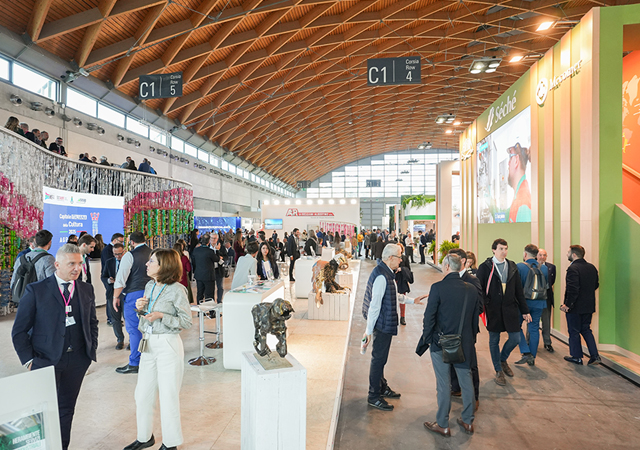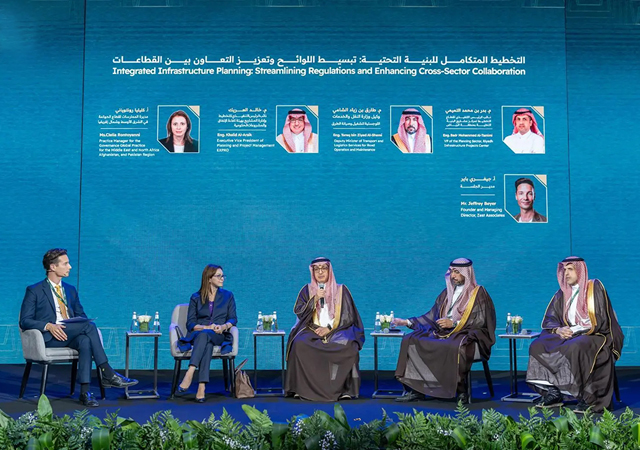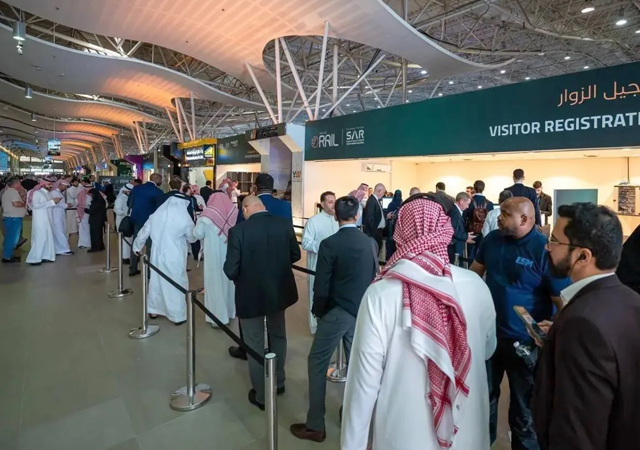
 Ladies pavilion in Abu Dhabi … a striking regional Ferrrari reference.
Ladies pavilion in Abu Dhabi … a striking regional Ferrrari reference.
Europe’s leading weaver and fabric-coating specialist the Ferrari Group will display how its patented Précontraint technology ensures the durability and versatility of composite textile membranes at the Big 5 show.
“The Ferrari Précontraint technology is based on the exclusive use of industrial patents and original techniques for the design and manufacture of composite textile membranes. The Ferrari Précontraint textile membranes are subjected to a pre-stressing treatment throughout the entire manufacturing process (1 tonne per m), which gives them two unique properties: an extra long lifespan, and exceptional dimensional stability,” says a spokesperson of the French company.
“As a consequence, besides being beautiful and generous with natural light, Ferrari Précontraint textile membranes structures are also lighweight, durable, and recyclable, which greatly contributes to their long life and success. These attributes are well exemplified at a Ladies pavilion in Abu Dhabi, which accentuates these properties.”
Completed in 1996, this grandstand was originally created for the annual military parade and designed to provide shade to the spectators during the parade. The grandstand was covered by a Precontraint roof membrane covering an expanse of 4,100 sq m. Run by the Abu Dhabi National Exhibitions Company (Adnec), it was also used for other events for 10 years. As the land was thereafter allocated to other uses, the structure had to be dismantled even though its performance was still flawless after a decade, according to the company.
Ferrari took advantage of this opportunity to carry out a full-scale study of the 10-year-old membrane under this harsh climate with intense ultraviolet (UV) exposure and elevated temperature. According to the company, the results of the fabric, after 10 years in use, revealed that the residual tensile strength value for its warp stood at 89 per cent and its weft stood at 98 per cent of its original values. The fabric’s flame retardant property was intact as per standards, and a cross-section examination of the fabric revealed that it still had a very high residual top coat thickness on both the warp and weft yarns.
The other commitment of Ferrari was to bring the membrane back to France for recycling under its exclusive Texyloop technology, which involves regenerating 100 per cent of the old membrane into brand new quality PVC dry blend and polyester fibres.
Through the management of its products end-of-life, Ferrari is thus committed to sustainable development, the spokesperson points out.
Other structures that have employed the Précontraint technology are proving the test of time around the world including the Airbus aircraft hangar in Bremen, Germany, which was erected 26 years ago, an exhibition hall at Port Gentil in Gabon, and an airport terminal in Lyon, France,
Commenting on the outstanding features of its Précontraint technology, the spokesperson says: “Ferrari Precontraint membranes have exceptional stability, retaining their original shape compared to traditional coated textiles, where the weft yarns suffer significant distortion. While traditional coated textiles are very absorbent in the direction of the weft, Precontraint textiles are exceptionally resistant to elongation, thanks to a very low absorption level.
“The Ferrari Précontraint technique ensures a lighter weight fabric and also a greater thickness over the years. In fact, the durability of coated fabrics depends a lot on the thickness of the coating layer at the top of the yarns. Précontraint membranes have a substantially increased life time, thanks to its additional protective layer.
“The technique also provides a greater ease of handling and a longer life due to the added yarn protection from UV and other adverse environmental conditions.”
“The unique properties of the Ferrari Précontraint composite membranes are unanimously recognised by construction professionals for their benefits.”
The Ferrari Group has three plants based in France and Switzerland, besides its Texyloop recycling facility in Italy. The group, along with its subsidiaries, controls all the various aspects that make up the production chain, from formulation, spinning, weaving, coating or extrusion, and logistics.




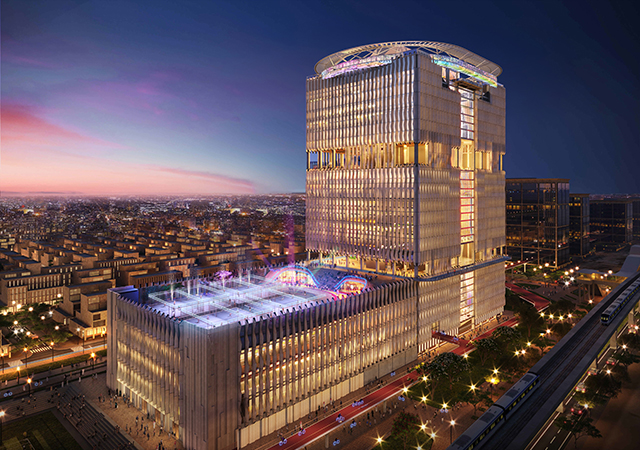
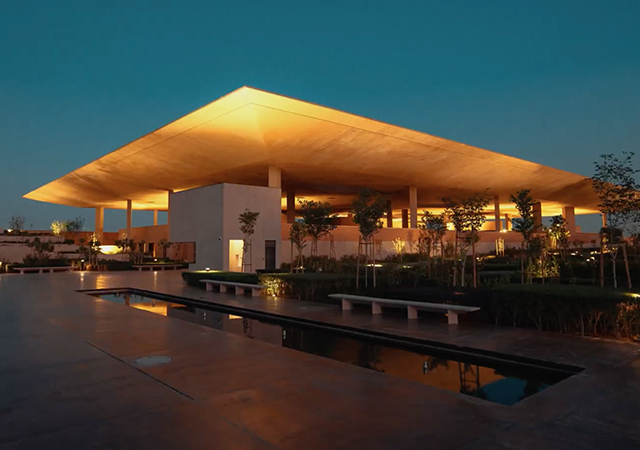
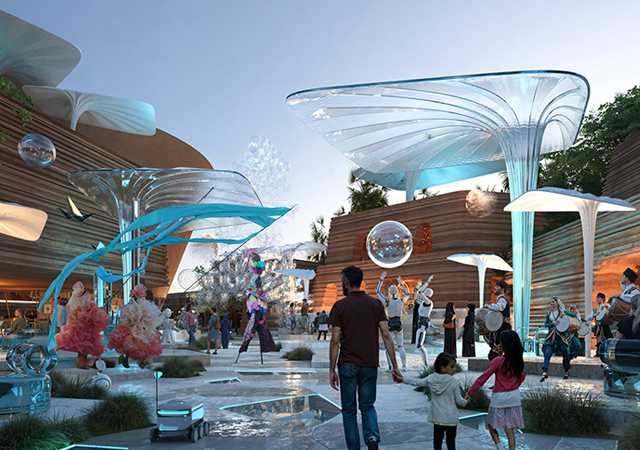


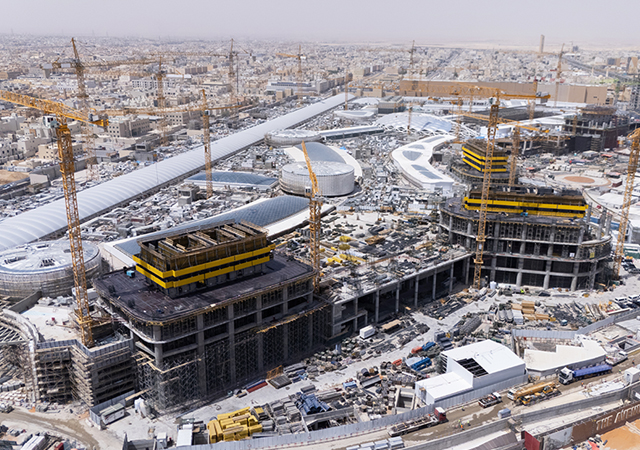
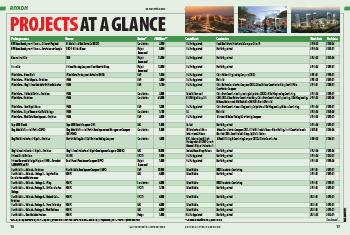
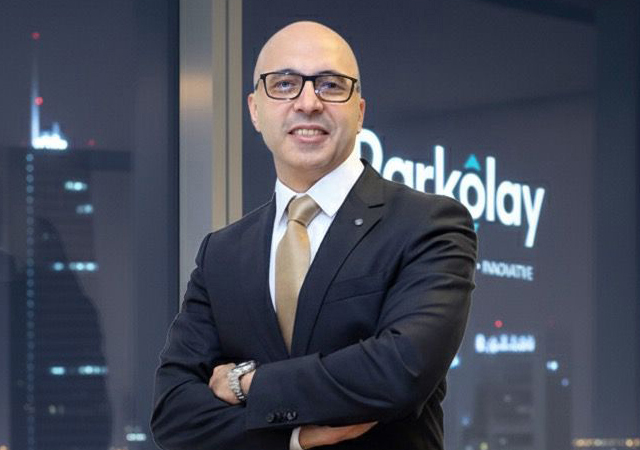
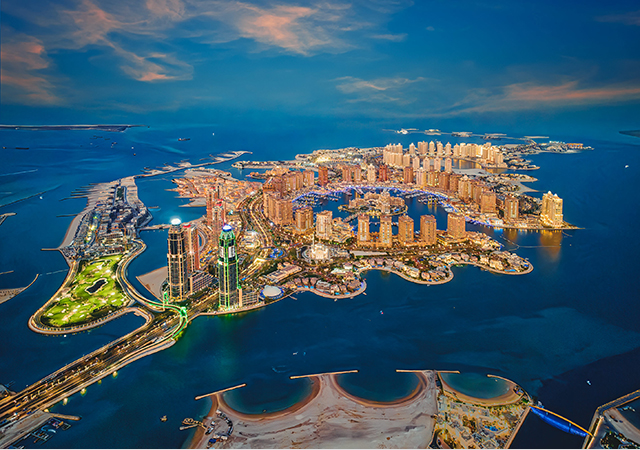
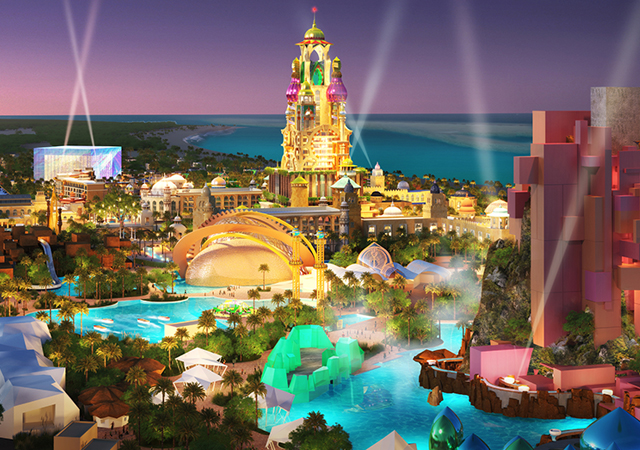
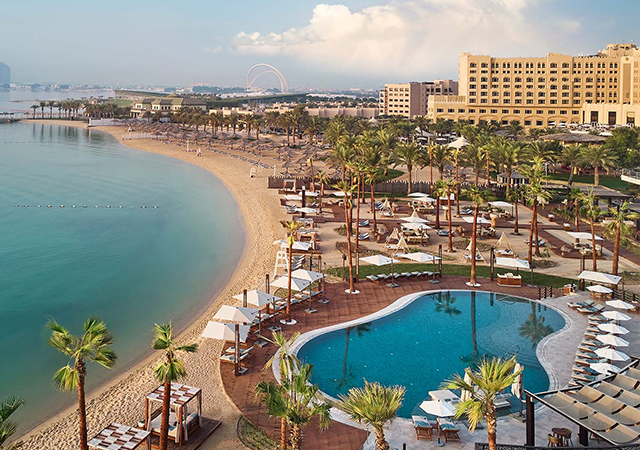

.jpg)
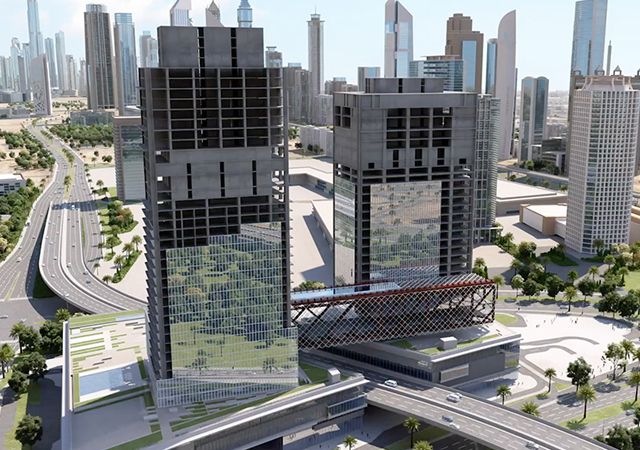

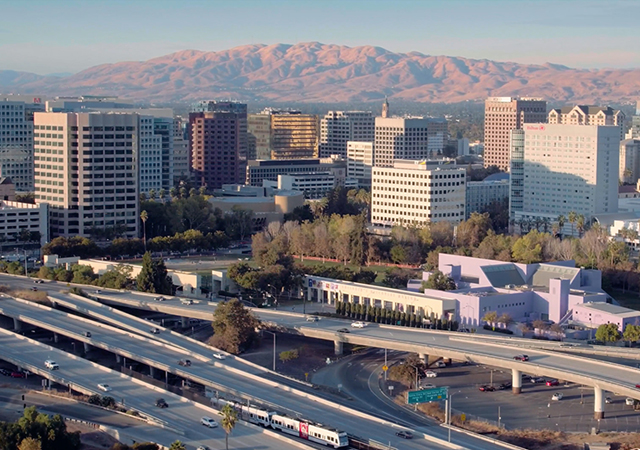
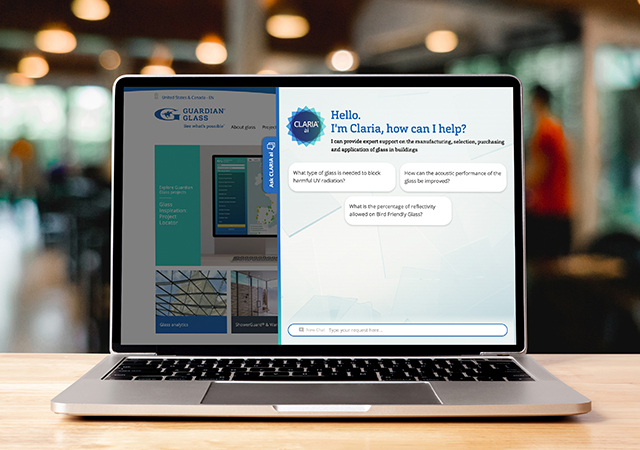


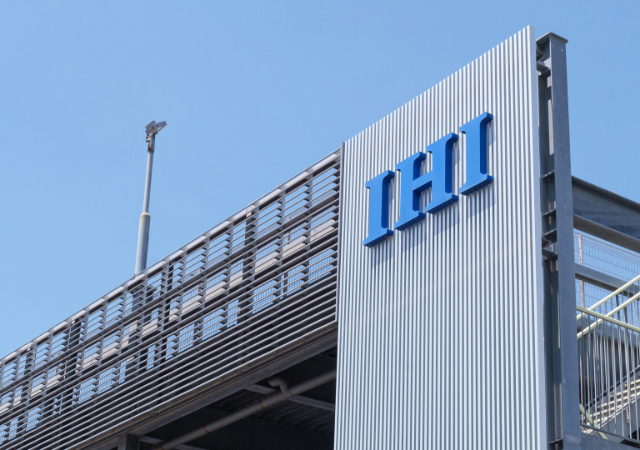

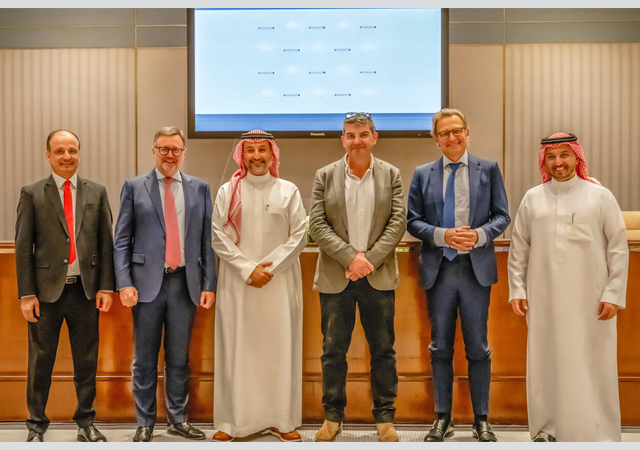
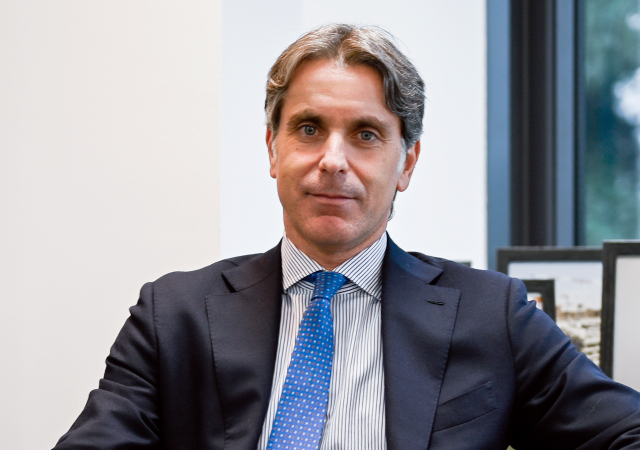
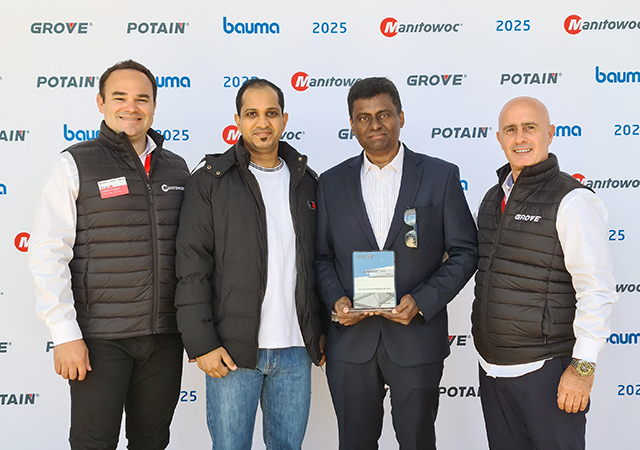

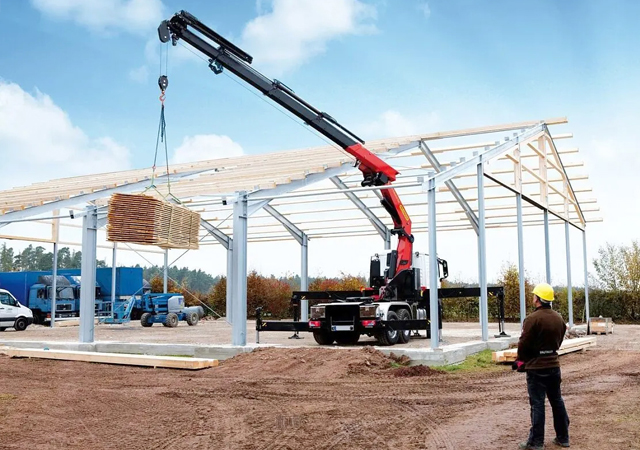
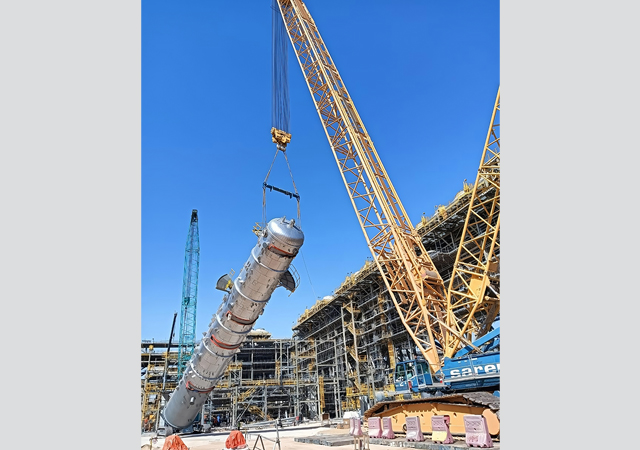
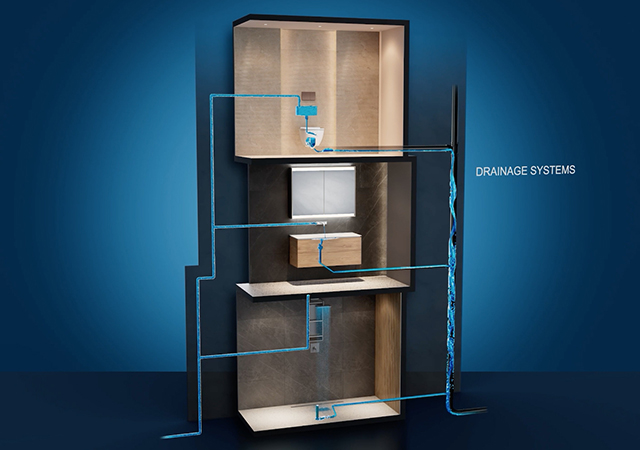
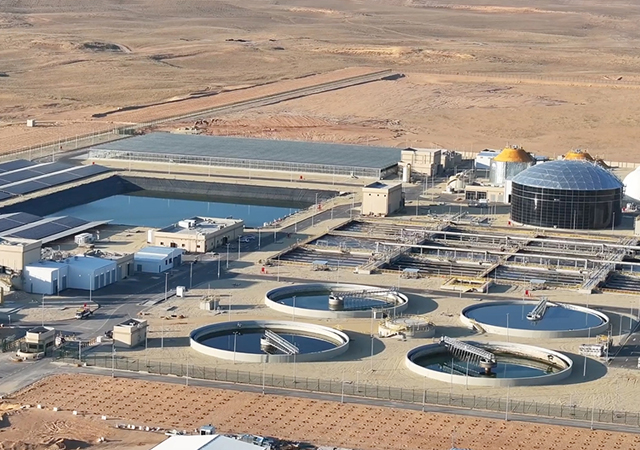

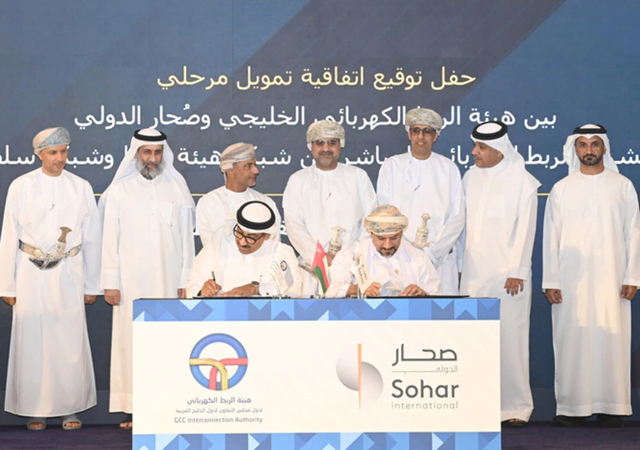
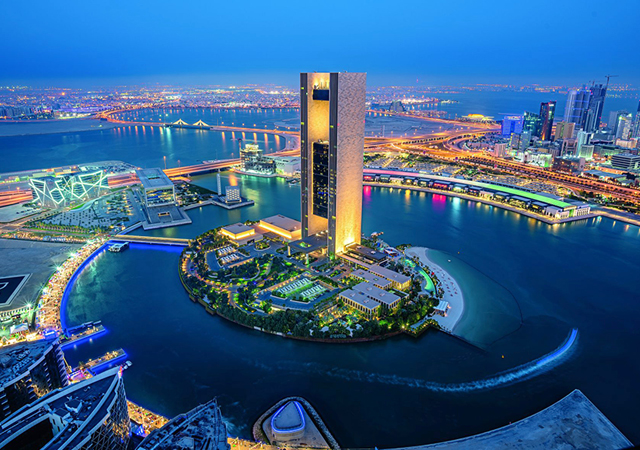

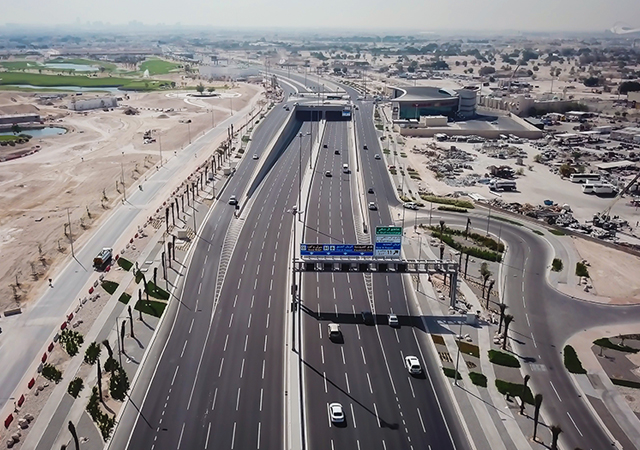
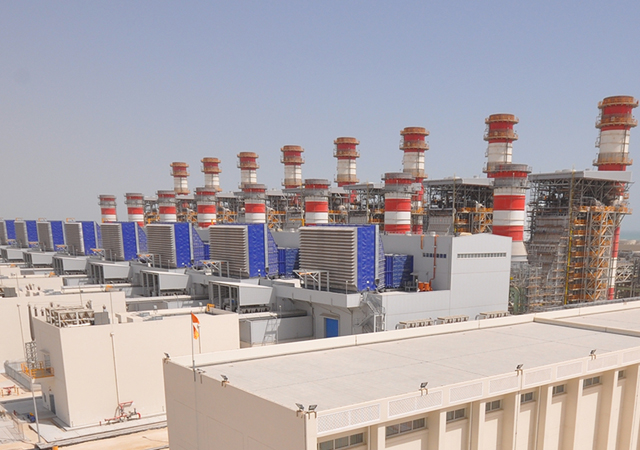
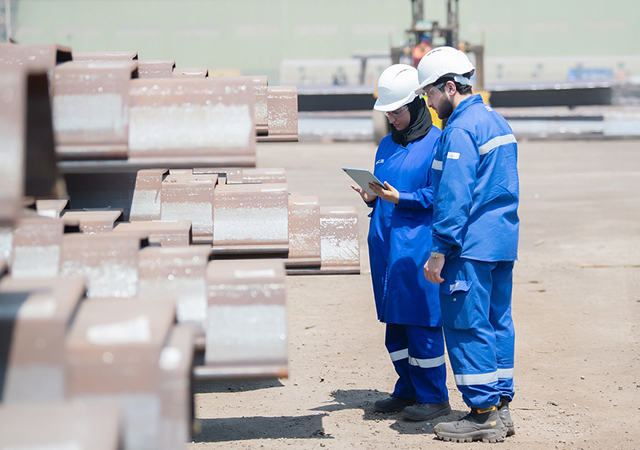


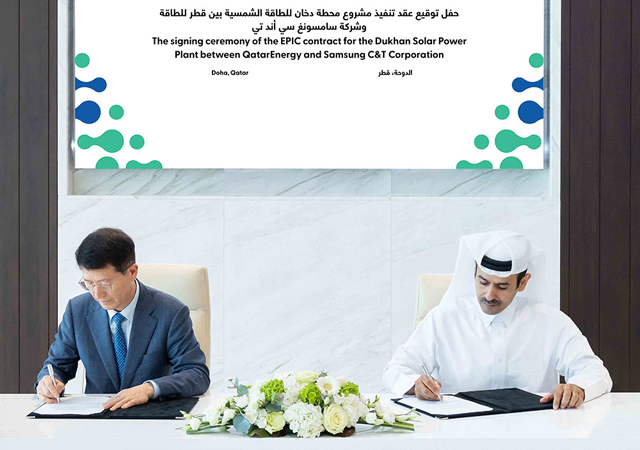
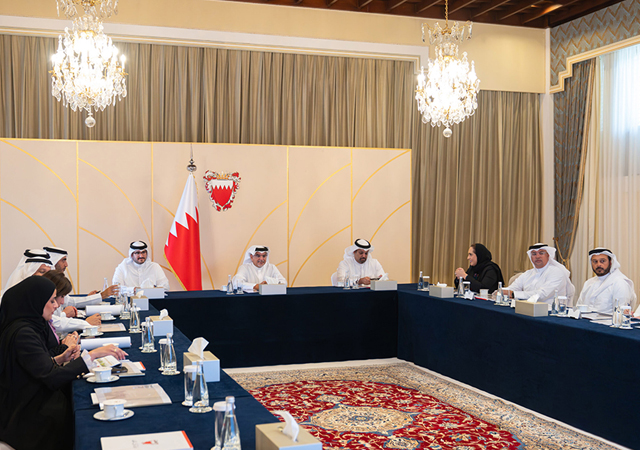


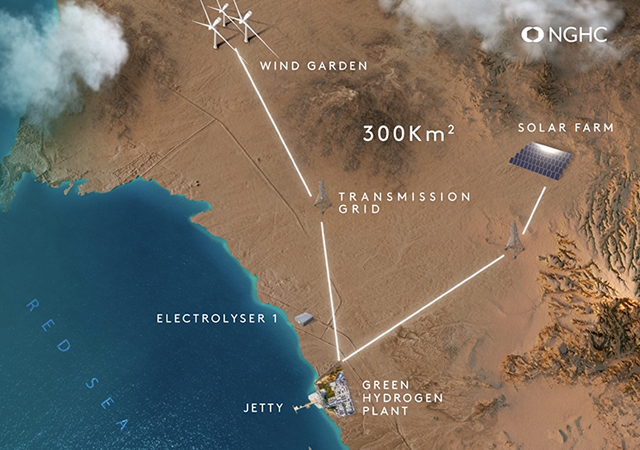
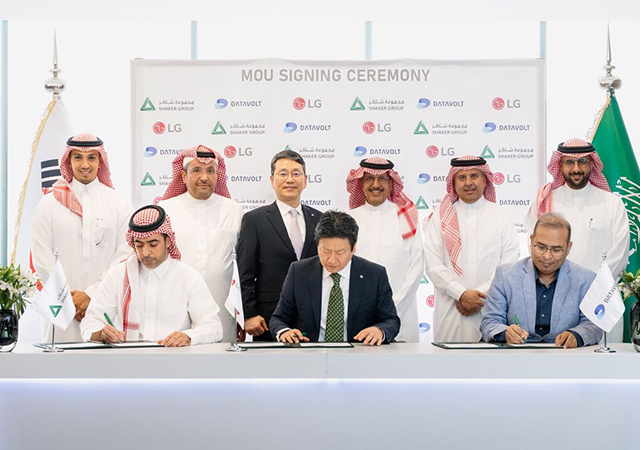
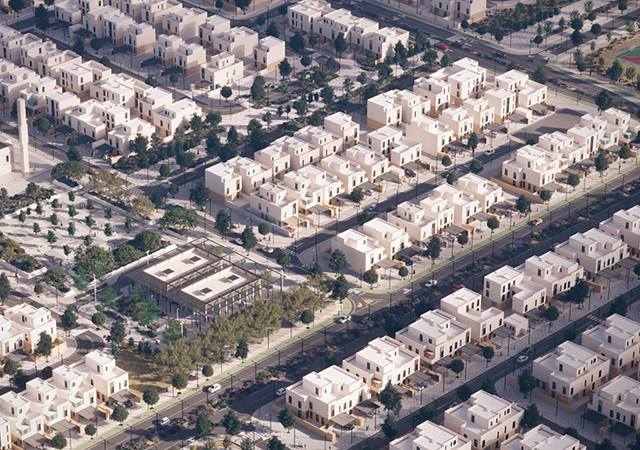
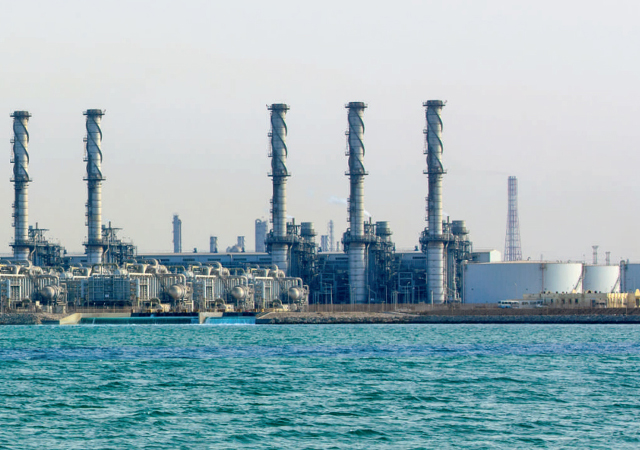
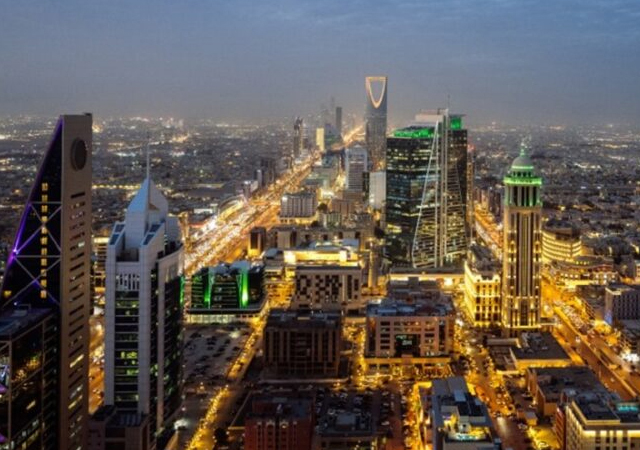
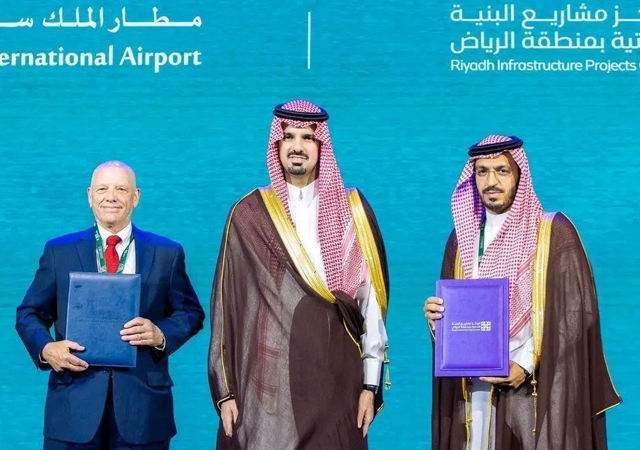

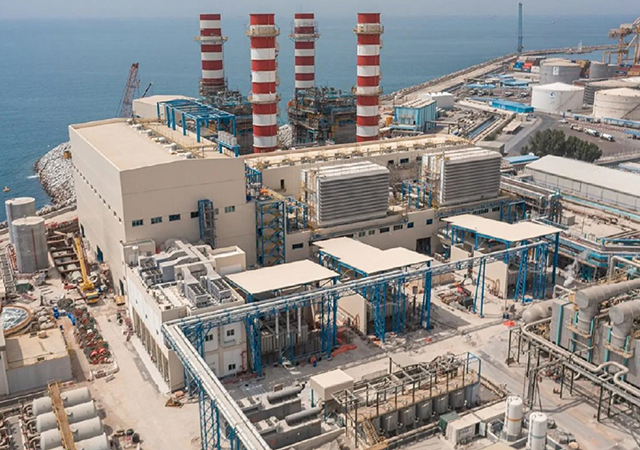
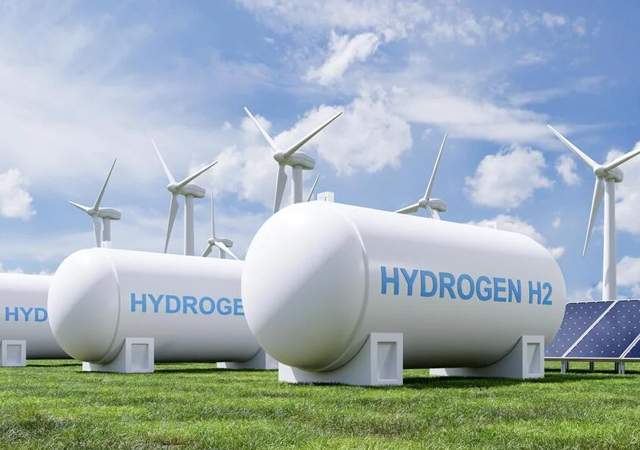

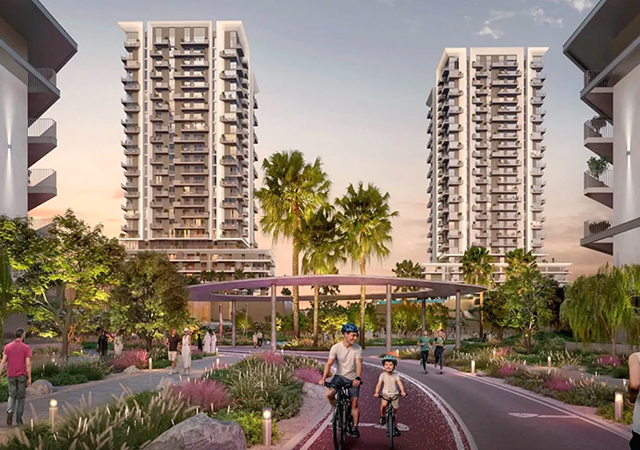
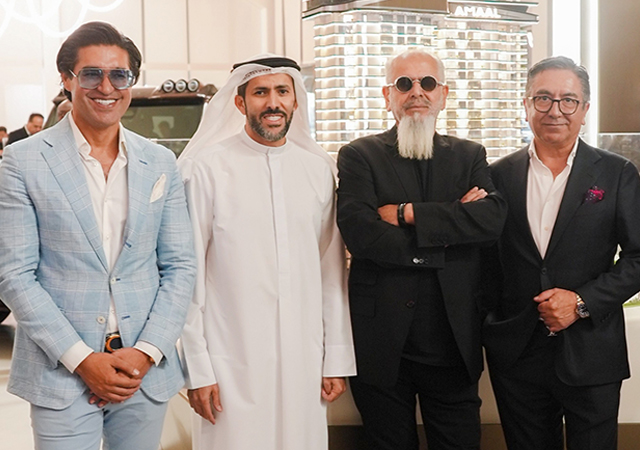
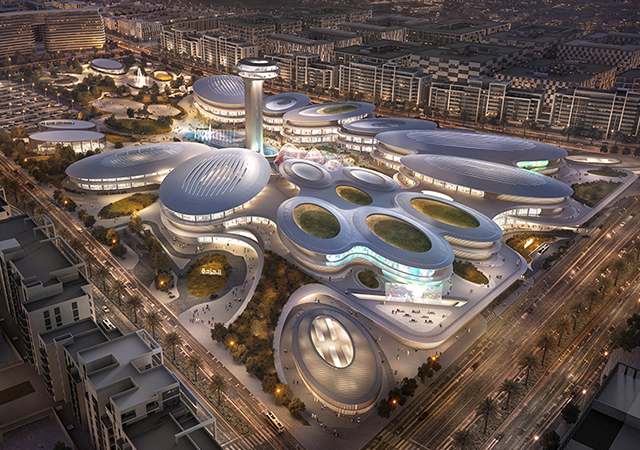
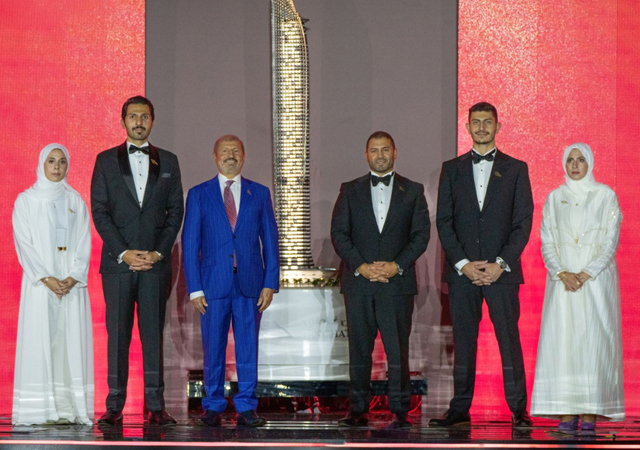
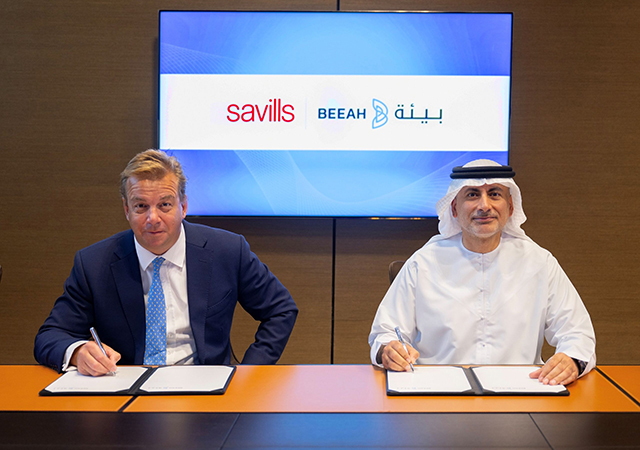

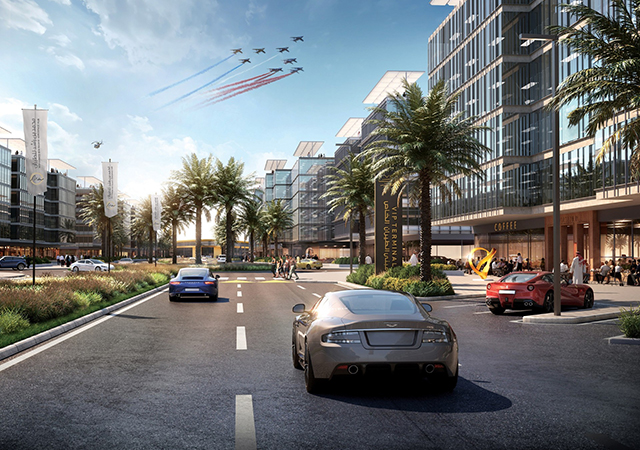
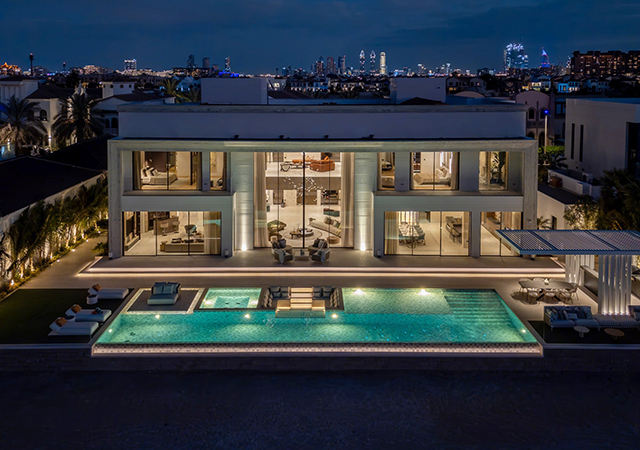
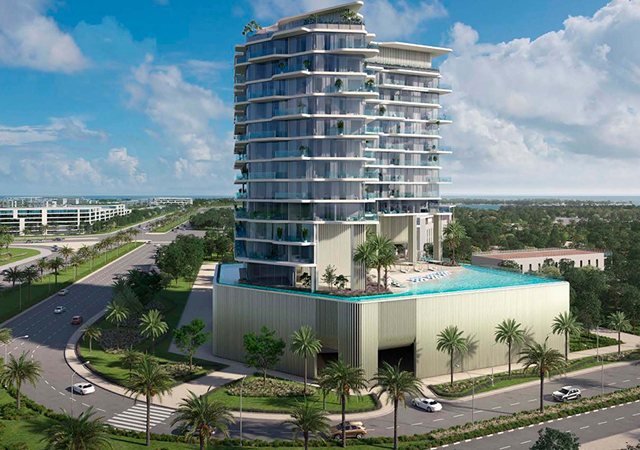
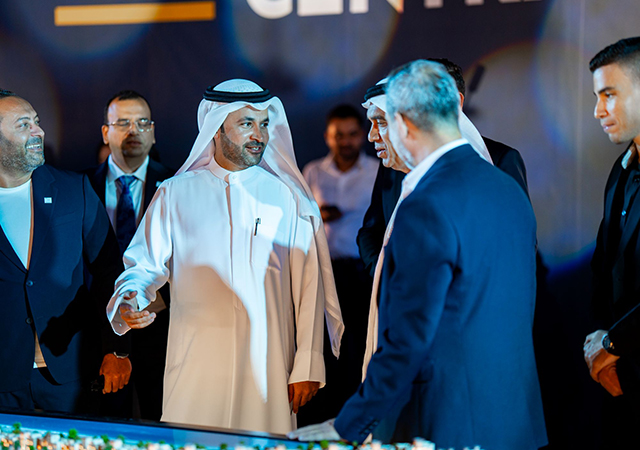
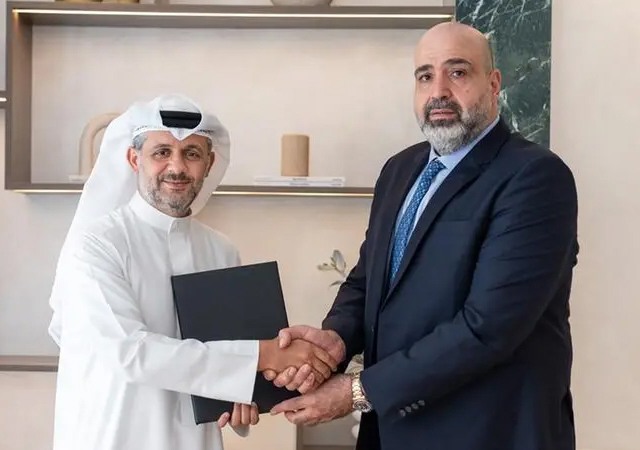
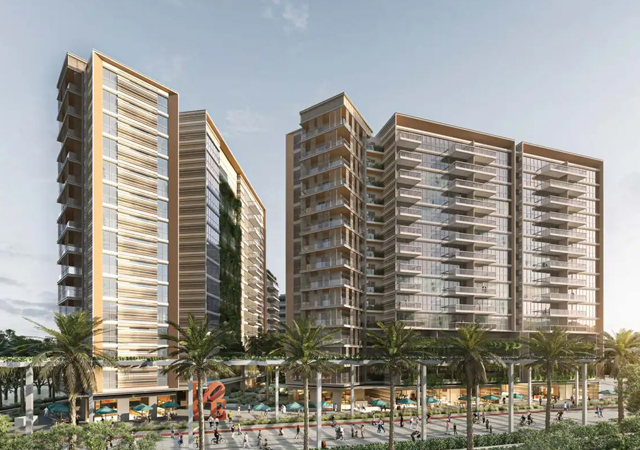

.jpg)

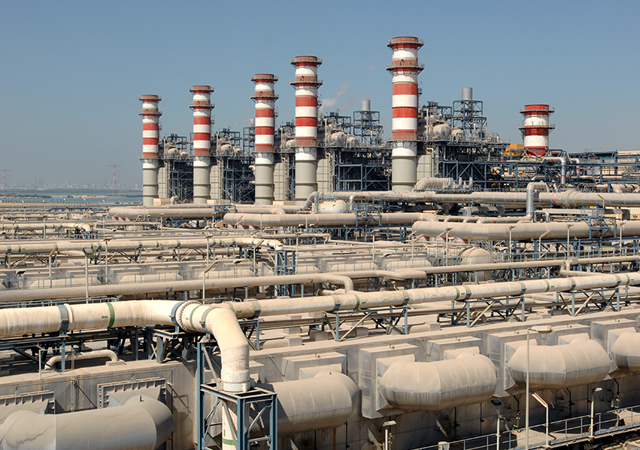
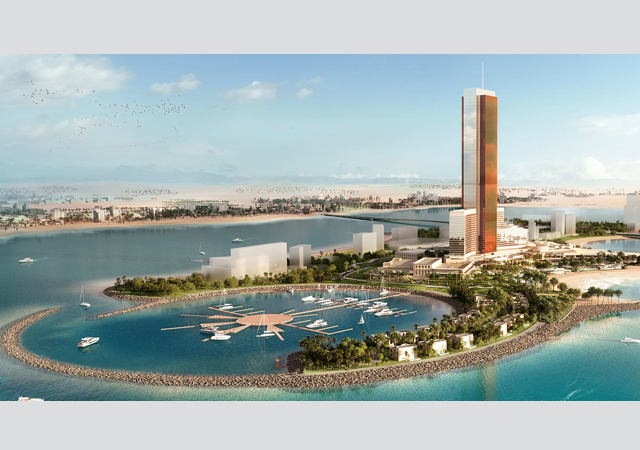
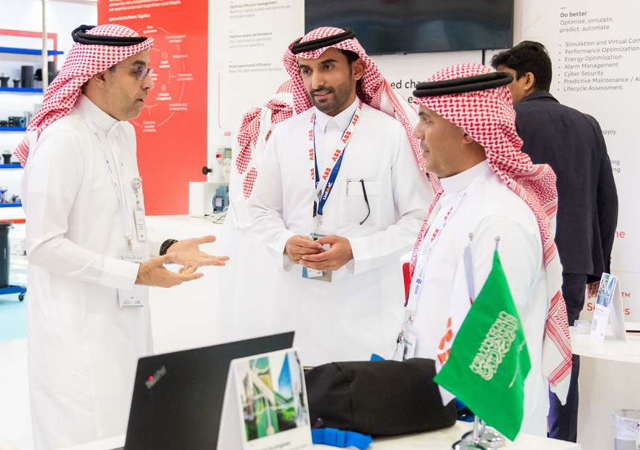
.jpg)

